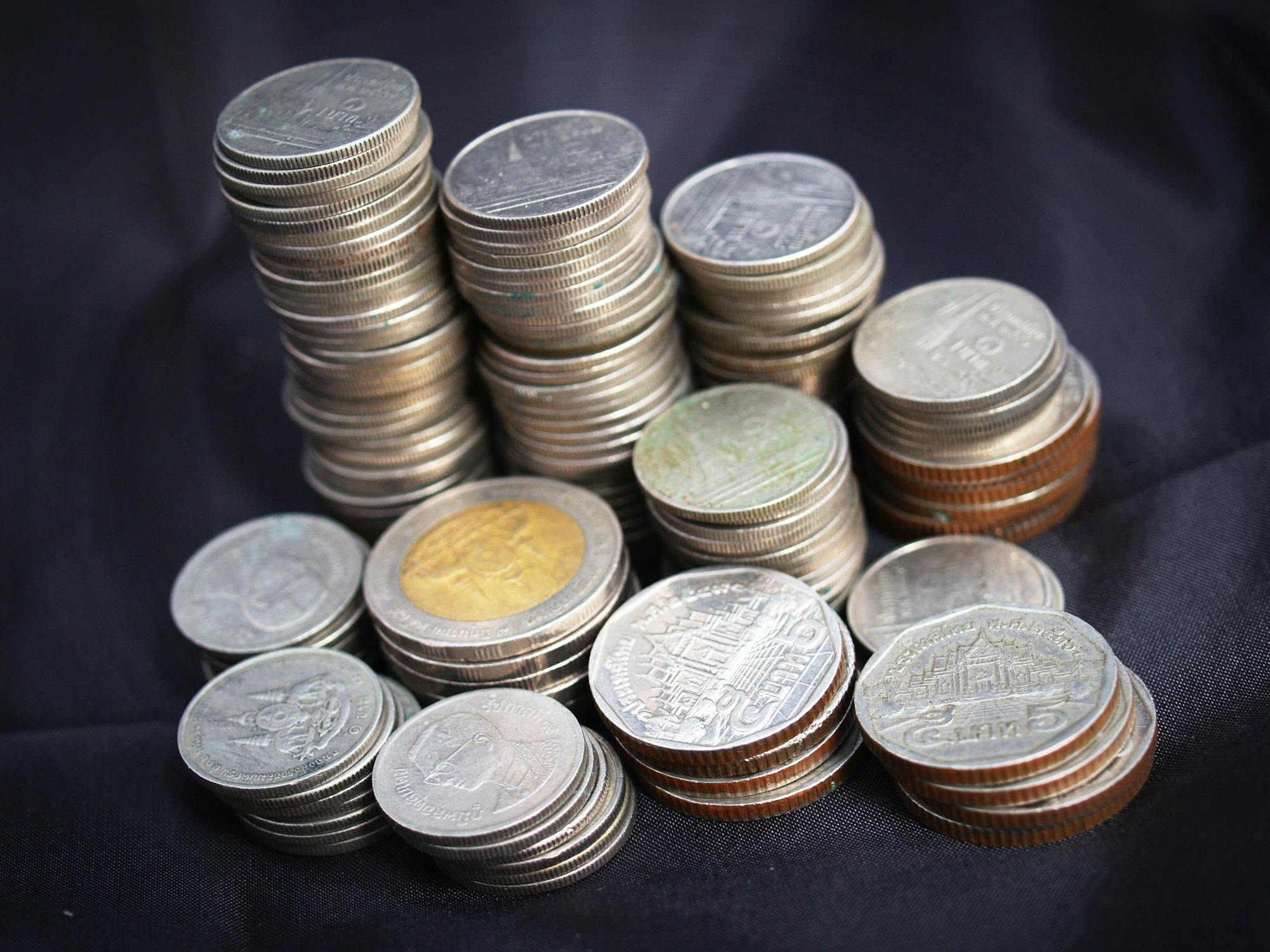Selling as much products as possible is usually considered as a target most businesses aspire for, but is it possible to challenge this conception by selling less? in other words, can selling less improve the bottom line?
Upselling is usually an established practice used by many businesses, startups and companies to improve their income. Business books and courses usually put emphasis on how to gratify the revenue for each transaction with customers to improve the return of each.
Take Samy for instance: He is a customer who wants to buy a new mobile phone and is willing to buy the $500 new flip phone. Shop owner Karim convinces Samy to buy the latest flip phone along with its peripherals and extra accessories. if he convinces Samy to take this upsell, the later will have to pay $700. This means that an extra $200. So why not do that?

Selling less for more: Downselling
While the above scenario may be applicable for established businesses, it often does not produce the intended results for startups and small businesses. In our previous example, Karim may lose the sale altogether, or alternatively Samy may decide to pass on the extra features and buy the phone for only $500. In this case, Karim has not built loyalty as Samy thought Karim was trying to get more money out of him.
An Alternative Scenario:
Samy enters the store to buy the latest flip phone. He explains to Karim what he is looking for in a phone and what his needs are. Karim shows him different options including the latest flip phone (that Samy initially wanted), but suggests that Samy gets the older model as it is $150 cheaper with most of the same features of the newer model. In contrast to an Upsell, this is called a Downsell. Samy is finally convinced and buys the cheaper model, but he grew to trust Karim. He returns next week for accessories for his phone for $150, and a year later he comes again to replace his phone from Karim for another $700 for a better model this time.
Downselling can be a powerful tool to employ to improve the business performance. While in the short term it may result in selling less and can reduce the margin, over the long term it helps build paying loyal customers who pay more over time.
Selling less: Free stuff
Offering free stuff (trials, free copies of a service, timely offers) are all types of downselling that promise customers instant value for zero to minimum prices compared with the actual cost of the product/service.
This can work very well especially for startups that are just launching and are trying to establish a name and a foothold in the market amid the tough competition. It is always best to start a business offering free and low-cost items to get customers actually to come in and feel how the service/product is different.
The "Third" Item

Another "trick" that businesses use is to include multiple products or services to aim and get the customer to pick one in particular.
It works like this: you go in to buy a coffee. You get three options: A "cheap" coffee in a small cup for $2, a premium large coffee with a topping of choice for $10, and another medium coffee with a topping of choice for $5. In many cases, the reason for this breakdown is to direct customer to choose a particular product- in this case the mid-range coffee for $5- by offering something overpriced and something that looks "cheap".
Benefiting from the Gaming Industry
Nowadays, videos games get distrusted and sold mostly via online means and platforms. The idea is simple: a customer buys a base game for a given price. For additional features they are required to buy additional models (DLCs).
This way, people who wish to play the base game can get it for a limited price as opposed to people who buy all the additional features for the "full experience".
For startups, this means stripping down the product to its base and offering it as a standalone item, allowing customers to add-on features and customization as they like
So, can selling less help the bottom line?
If the entrepreneur knows how to employ the less sales to increase loyalty and customer base, then the answer is yes, selling less can actually help over the long run.